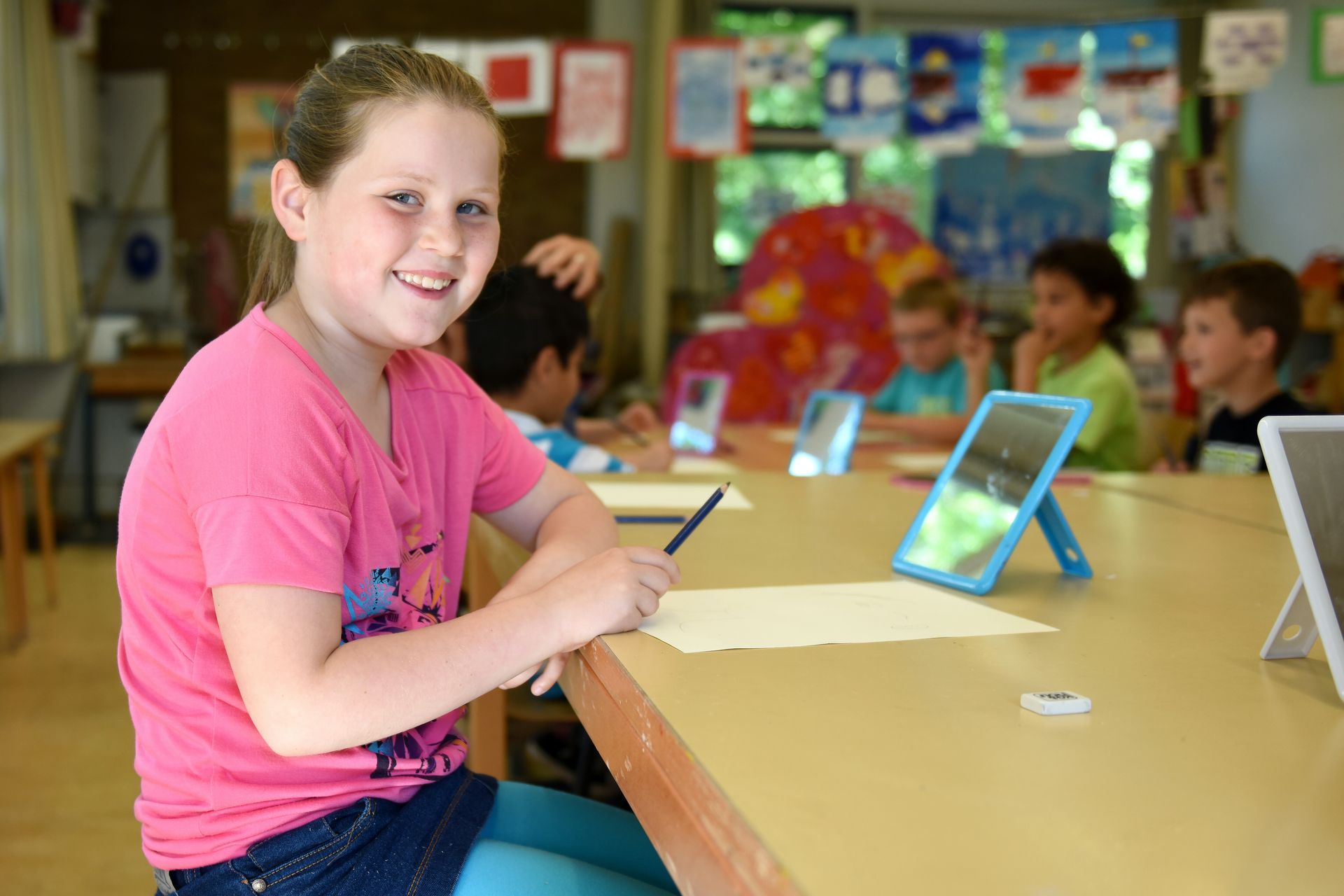Combatting Fear in the Math Classroom
One of the biggest challenges with creating engagement and discourse within a K-12 math classroom is fear.
Fear of being wrong.
Fear or being ridiculed or made fun of.
Fear of speaking in front of the entire class.
Fear of speaking in a small group setting.
All of these fears can all play a role in leading students to not speaking up, communicating when they need help, or participating in the classroom at all.
So how do you, as an educator, mitigate that fear and encourage students to actively use their voices in the classroom?
We have four (4) tips on how to create a more secure environment that makes participation less scary:
Derivita's 4 tips to combat participation fright
1. Create 1:1 partner work activities
Present a question or set of questions on the board and have students pair up and work through the question or set together. By having a smaller group with only two students, each student is potentially more likely to feel comfortable talking out their thought processes.
2. Create 1:1 partner discussion opportunities
Present a question or set of questions for the entire class and have the students work through each question or each set alone. After giving each student enough time to work through the question or set, have the students pair up and discuss.
After a bit of time, present the solutions and offer each pair of students the chance to discuss the solutions, where they went wrong or where they went right with each other.
Before and after the solutions are presented, each student has the opportunity to talk out their thought process and explore other options with one peer instead of a large group or the entire class.
3. Create anonymous, in-class experiences
By creating anonymous in-class experiences where the entire class can participate without being singled out or seeing the name appear on a screen next to a wrong answer, students can comfortably engage with the task at hand. SpotCheck is a great tool for these types of experiences as the students can submit their responses to a class question anonymously with just a URL.
After submission, there is an opportunity to create discussion throughout the entire class by presenting all the submitted answers on the board. Students and teachers alike can ask how the kids that got “2” instead of “4” arrived at their answer without showcasing which solution is correct. This practice aligns directly with our next tip!
4. Ask instead of tell
A great way to encourage that all voices in your classroom are heard equally is by asking about student thought processes and solutions instead of simply showing how to correctly solve the given problem. Asking questions that start with “how” and “why” are great ways to initiate discourse without calling out volunteers or singling out students. These questions can include:
- “For those of you who answered 2, how did you get to that solution?”
- “Did anyone else answer 2 in a different way? How did you get there?”
- “Looks like some of us answered 4, does anyone want to say how they got 4?”
- “Looks like 6 is a popular answer, does anyone want to describe why they thought the answer was 6?”
These questions can be asked before or after the correct solution is presented. When presenting the correct solution and going through the steps of solving it, make sure to ask why you decided on a certain step and what other step could have gone there instead. These questions throughout the entire process encourage students to speak up and allow you, as an educator, to identify common misconceptions or where your students’ strengths or weaknesses might be with a particular concept.

What do you think?
Can you utilize these 4 steps to increase student engagement in
your everyday mathematics classroom?
Do you use these strategies already in your math class?
Which ones work for you and which ones don’t work?
Share your ideas on discourse and engagement strategies in
our Educator Community hosted on FaceBook:
